Technological Advancements in Medical Equipment
Technological advancements play a crucial role in shaping the specialty medical-chairs market. Innovations such as smart chairs equipped with sensors and automated adjustments enhance patient comfort and safety. These advancements not only improve the user experience but also streamline healthcare operations. For instance, chairs that can monitor vital signs or adjust positions automatically are becoming increasingly popular in hospitals and clinics. The integration of such technology is expected to drive market growth, as healthcare providers seek to improve patient outcomes and operational efficiency. The specialty medical-chairs market is likely to see a surge in demand for these technologically advanced solutions, reflecting a broader trend towards modernization in healthcare.
Aging Population and Increased Healthcare Demand
The aging population in South Korea is a significant driver for the specialty medical-chairs market. As the demographic shifts towards an older age group, the demand for specialized healthcare services rises. This trend is reflected in the increasing number of elderly individuals requiring medical attention, which in turn necessitates the use of specialized medical chairs designed for comfort and support. According to recent statistics, the elderly population is projected to reach 20% by 2025, leading to a heightened need for healthcare facilities equipped with appropriate medical furniture. Consequently, the specialty medical-chairs market is likely to experience substantial growth as healthcare providers invest in ergonomic and functional chairs to cater to this demographic's needs.
Rising Awareness of Ergonomics in Healthcare Settings
There is a growing awareness of the importance of ergonomics in healthcare settings, which significantly impacts the specialty medical-chairs market. Healthcare professionals are increasingly recognizing that ergonomic chairs can reduce the risk of musculoskeletal disorders among staff and improve patient comfort. This awareness is leading to a shift in purchasing decisions, with more healthcare facilities opting for chairs that promote better posture and support. As a result, the specialty medical-chairs market is likely to expand as providers prioritize ergonomic solutions. Reports indicate that ergonomic furniture can reduce workplace injuries by up to 30%, further incentivizing healthcare facilities to invest in specialized chairs that enhance both staff and patient well-being.
Shift Towards Outpatient Care and Home Healthcare Services
The shift towards outpatient care and home healthcare services is reshaping the specialty medical-chairs market. As more patients receive treatment outside traditional hospital settings, the demand for specialized chairs that cater to home care and outpatient facilities is increasing. This trend is driven by a desire for convenience and comfort, as patients prefer receiving care in familiar environments. Consequently, manufacturers are focusing on developing portable and versatile medical chairs that can be easily used in various settings. The specialty medical-chairs market is likely to benefit from this shift, as healthcare providers adapt to changing patient preferences and invest in furniture that meets the needs of outpatient and home care scenarios.
Government Initiatives and Funding for Healthcare Infrastructure
Government initiatives aimed at improving healthcare infrastructure in South Korea are a significant driver for the specialty medical-chairs market. Increased funding for hospitals and clinics facilitates the acquisition of modern medical equipment, including specialty chairs. The South Korean government has been actively investing in healthcare reforms, which include upgrading medical facilities to meet contemporary standards. This investment is expected to boost the demand for specialty medical chairs, as healthcare providers seek to enhance patient care environments. With government support, the specialty medical-chairs market is poised for growth, as facilities are encouraged to adopt advanced medical furniture that aligns with new healthcare policies.


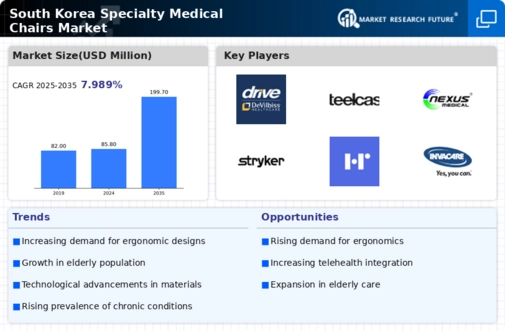

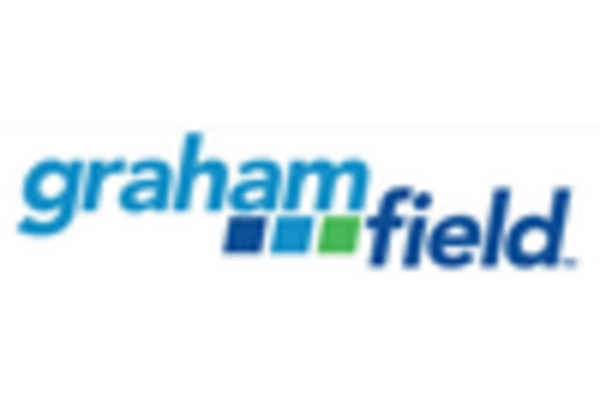
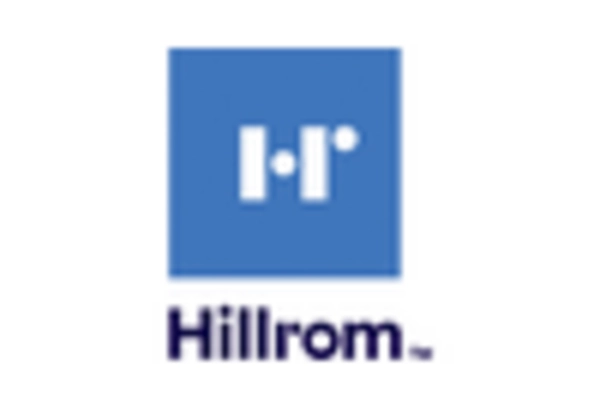
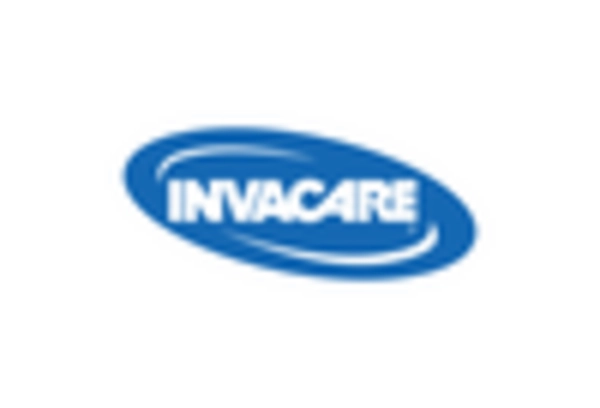
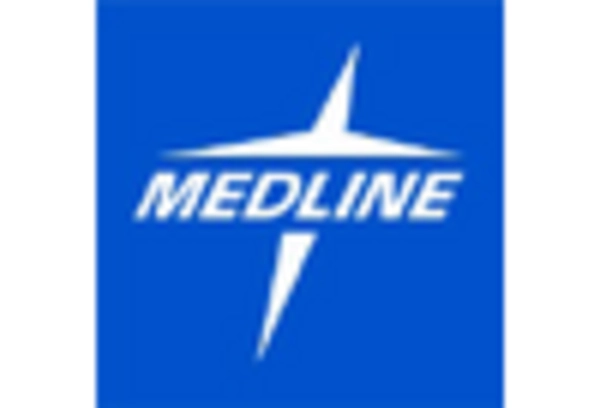
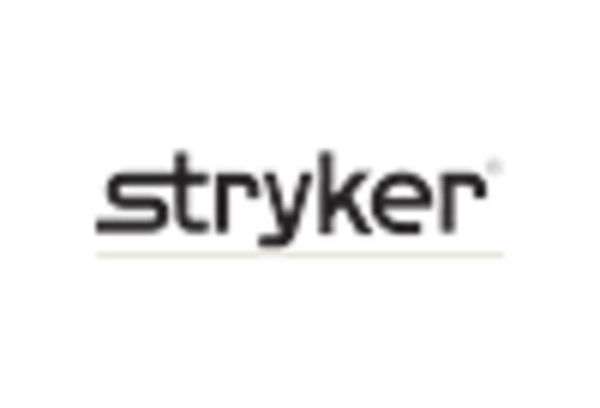








Leave a Comment